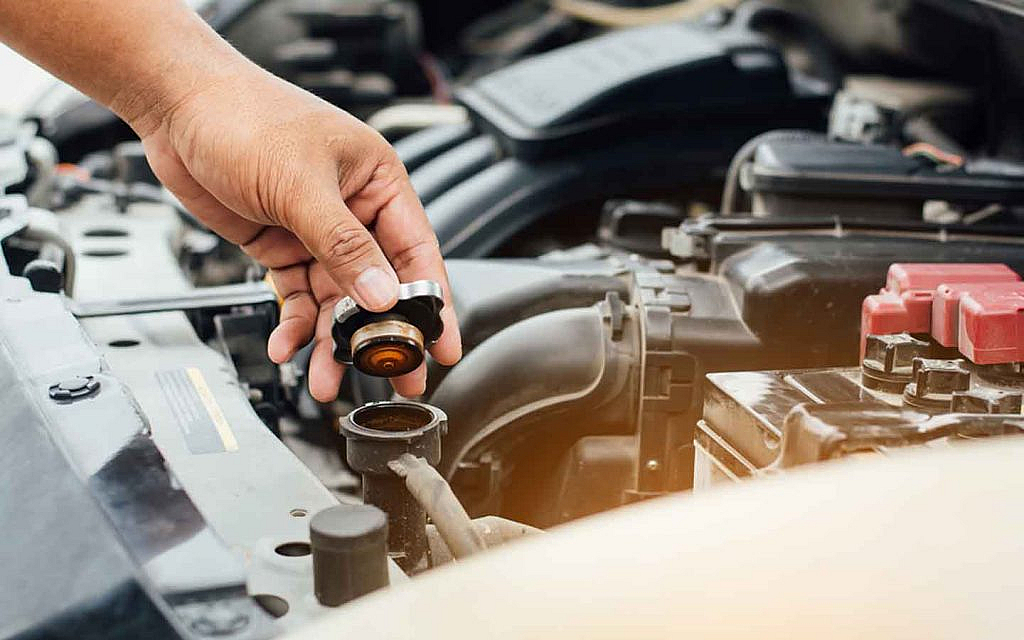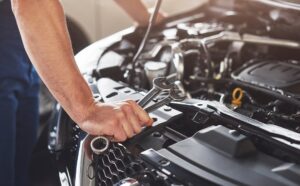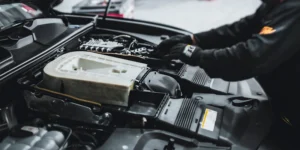Troubleshooting problems with a car engine needs a methodical approach to find and fix the issues correctly. Here are some important tips for fixing common engine problems in cars:
1. Check Engine Light (CEL) Problem: The Check Engine Light means there is a problem with the engine or the system that controls emissions.
Tip: To get trouble codes, use an OBD-II reader. These codes tell you exactly what’s wrong, like if sensors (like oxygen sensors or mass airflow sensors) are broken, the engine misfired, or the system stopped working right. To correctly interpret codes, look at the service manual for the car or look them up online.
2. Engine Misfires Problem: When an engine misfires, it idlings rough, doesn’t have enough power, or shakes while you’re moving.
Tip: If you have them, check the spark plugs, ignition coils, and ignition lines for damage or wear. Change as needed. Check the fuel injectors for clogs and clean them or replace them if they’re dirty. Fix any vacuum leaks or sensor problems that are affecting the mixing of air and fuel.
3. Overheating: The engine temperature gauge shows that the engine is too hot, or there is smoke or steam coming from the engine bay.
To avoid damage, pull over right away and turn off the engine. Wait until the engine is cool to check the coolant level and look for leaks in the radiator, lines, or water pump. If necessary, change a thermostat or radiator cap that isn’t working right. Check how the cooling fan works and fix any wiring problems that are stopping the cooling system from working properly.
4. Engine Noises Problem: Strange noises (like banging, tapping, or grinding) coming from the engine compartment could mean there are problems.
Tip: Pay close attention to find the cause and type of noise. Any sudden hitting or knocking could mean that there is a problem with the piston rings, bearings, or valves. If you hear grinding sounds, it could mean that the timing belt or starter is broken. Talk to a mechanic to get a full evaluation and repair.
5. Oil Leaks: There are oil spots or puddles under the car, and you can see oil leaks in the engine bay.
Tip: Look at the oil pan, seals, and covers to find where the leak is coming from. To stop more leaks, replace seals and gaskets that are old or broken. Make sure the oil level and viscosity are right to keep the engine running smoothly.
6. Idling or Stalling Unevenly: The engine runs unevenly at idle or stops working for no reason.
Tip: If the idle air control valve (IACV) is stuck or not working right, clean it or get a new one. Check and clean the throttle body to make sure air flows smoothly. Check for vacuum leaks and repair any hoses or gaskets that are worn out and causing the engine to run poorly. Check the fuel pump and fuel pressure to fix problems with fuel supply.
7. Exhaust Smoke Problem: Different problems are shown by blue, white, or black smoke from the exhaust.
Tip: Blue smoke means that oil is burning in the combustion chamber because the piston rings or valve seals are worn out. White smoke could mean that coolant is leaking into the cylinders, which could be caused by a broken engine block or a blown head gasket. Black smoke usually means that the fuel is burning too quickly, which can mean that the fuel injectors are broken, the air filter is clogged, or the air-fuel blend is wrong.
8. Electrical Problems: Electrical problems can make it hard for the engine to start or cause it to run unevenly.
Tip: Check the battery terminals for rust and make sure the link is tight. Check the charge system output and battery voltage to make sure everything is working right. Check to see if the generator or starter motor is broken, and if it is, replace it. Fix any wiring problems, blown fuses, or sensors that aren’t working right that are hurting the engine’s performance.
9. Less Power or Difficulty Accelerating: The engine doesn’t have enough power or can’t speed up easily.
Tip: To make sure air flows properly into the engine, clean or repair an air filter that is clogged. If the fuel filters are dirty or blocked, you should change them. Check and clean the fuel injectors to make the fuel flow better. If your car has turbochargers or superchargers, make sure they work and fix any problems with the intake or exhaust system that are hurting the engine’s performance.
10. Stick to the maintenance plan
Tip: As directed by the vehicle’s manufacturer, do regular scheduled maintenance chores. Changes of oil, air filters, cooling flushes, and tune-ups are all part of this. Following the maintenance plan will keep your engine running at its best and make it last as long as possible.
In conclusion
Systematic diagnosis, careful study of symptoms, and proper maintenance are all important parts of engine troubleshooting that work well. By using these tips and taking care of problems right away, you can keep your car’s engine in good shape, get the most out of it, and avoid expensive fixes. Talk to a skilled mechanic about complicated problems or if you’re not sure how to find and fix engine problems on your own.


